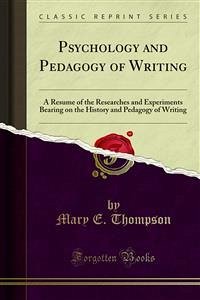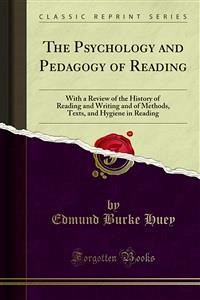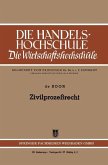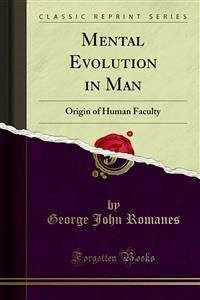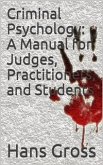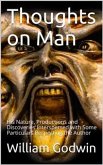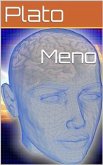Preface The importance of the study of the emotions in relation to human conduct is well understood. Just how consciousness behaves under the influence of the fundamental human emotions like fear and anger, is one of vital interest to the psychologist and educator. It has always been difficult to study the structural side of our emotions because of an inability to control voluntarily our emotions for purposes of introspection. The structure of emotions is primarily important in so far as structure may allow an interpretation of function. The study of the emotions has for the most part been limited to theoretical discussions based on the observations of normal and abnormal persons and on the casual introspection of individual authors. This work is an attempt to study systematically the emotion of anger in relation to the behavior of consciousness, the ideas and feelings associated in the development of anger, the reactive side of consciousness under the influence of anger, individual differences in behavior, manner of the disappearance and diminution of anger, devices used in the control and facilitation of the emotion, and the conscious after-effects including the inter-relation of anger and other feelings, emotions and attitudes which follow. The education of the emotions was first voiced by Aristotle who indicated that one of the aims of education should be to teach men to be angry aright. Both anger and fear are deep rooted psychic strata. Introspections reveal motives of selfish, unsocial and unlawful character, springing from a level lower than the social man. All observers have been quite frank in giving the full introspections, even when their most private and personal matters were concerned. Where illustrative material is used it has been necessary to remove the personal element, as in many instances, others besides the observer were concerned. This revision has been the work of the writer. The essential psychological factor is unchanged and the words of the observers are used as nearly as possible. The twelve persons will be called by the first twelve letters of the alphabet, and other persons named in the introspections will be called X. Y. and Z. Ten of the observers were graduate men students of psychology. Seven of these had had considerable experience in introspection under controlled laboratory conditions. Most of the illustrative data will be taken from the observations of A. B. C. D. E. F. and G. who are the most experienced observers.
Bitte wählen Sie Ihr Anliegen aus.
Rechnungen
Retourenschein anfordern
Bestellstatus
Storno



